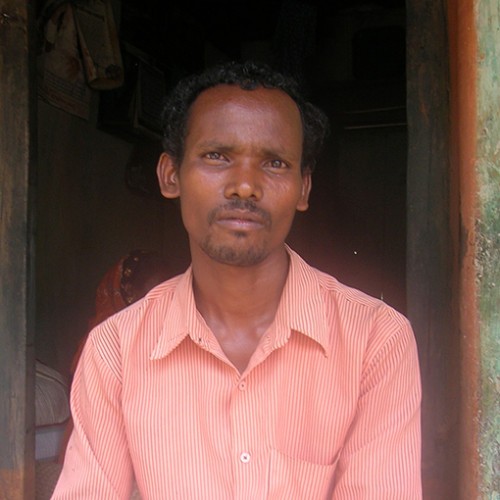Children here did not attend school, but worked alongside their parents in landowners’ fields. When those fields were fallow, the hamlet’s men left their families to look for work in the cities

Shakti beams with pride as she holds her patta – the title to her land. Before she became a landowner, she was among the poorest of the poor

In Neilu village in China’s Fujian Province, Lin Lianhua and her husband, Su Yuan, spent their lives farming a small piece of land. It was a hard life, one of physical exhaustion and a meager income…
After two years trying to reclaim their inheritance rights to their family’s forestland, three sisters in a remote county of Chongqing, China found Landesa’s legal aid center to defend their land rights

Around the globe, from the streets of London to the Arab world’s public squares, youth and disenfranchisement have proved a potent combination. But Surendra Sabar, a 27-year-old from Odisha, India, is now a great supporter of his government.
Bali Sabar’s journey from typical unemployed and hopeless youth to village savior began in a humble but powerful meeting.

Twenty years ago, the fourth world conference on women hosted in Beijing broke …

India’s economy has already crossed $2 trillion and is growing annually at around 6%. But these figures cannot hide the fact that 69% of the population is rural, and 70% of this, or nearly half of all Indians, still depend on land and land-based activities for their livelihoods, according to figures in the India Rural Development Report 2012-2013, released by Infrastructure Development Finance Corporation.
This article was first published by the South China Morning Post on November …
By Amit Kumar Ghosh, Landesa District Project Coordinator This post originally appeared on GirlsNotBrides.org on …
